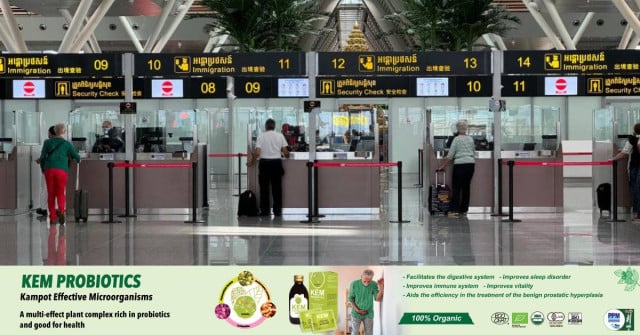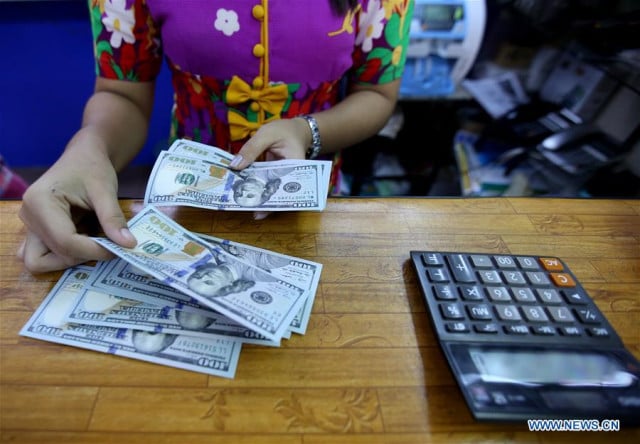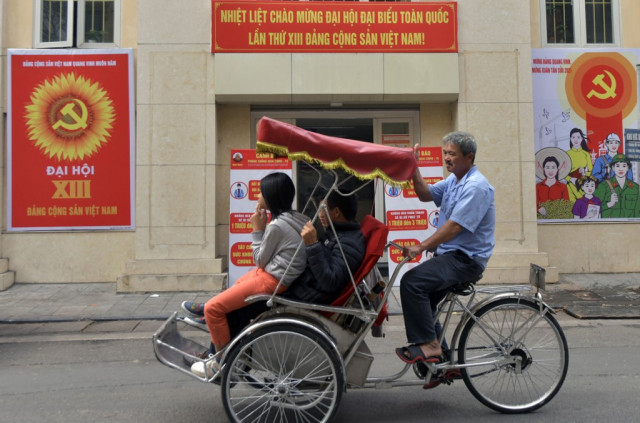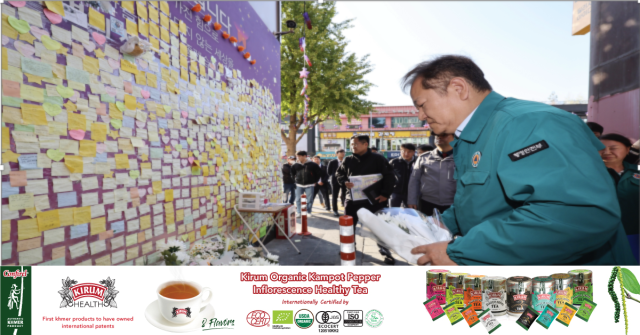Chinese-funded Airport to Attract More Int'l Tourists to Cambodia's Famed Angkor

- By Xinhua News Agency
- November 17, 2023 10:00 AM
SIEM REAP, Cambodia -- Souvenir vendor Ly Ratana is optimistic that the Chinese-invested Siem Reap Angkor International Airport (SAI) will bring more tourists to Siem Reap province, home to the UNESCO-listed Angkor Archaeological Park, so his business will grow again.
Ratana, who has sold a variety of souvenirs at the Old Market in the eponymous Siem Reap town for more than a decade, said his business was severely hurt during the COVID-19 pandemic and even now, tourist numbers to the province are still far low compared to the pre-pandemic era.
"The opening of this new airport is the expectation of Siem Reap residents, who depend on the tourism sector," he told Xinhua on Thursday.
Invested by the Angkor International Airport Investment (Cambodia), an affiliate of China's Yunnan Investment Holdings Ltd., the 700-hectare airport, designed in traditional Cambodian architecture style, was inaugurated by Cambodian Prime Minister Hun Manet on Thursday.
Situated in Sotr Nikum district, about 40 km from the Angkor park and more than 50 km from Siem Reap town, the 4E-level international airport will be able to handle 7 million air passengers per annum from 2024 and up to 12 million passengers annually from 2040.
With a 3,600-meter runway, the SAI is currently Cambodia's biggest airport and is the main gateway to Angkor park, one of the Southeast Asian country's most popular tourist attractions.
Ratana believes that the new airport has a strong potential to attract more tourists.
"This new airport is much bigger than the old one, so probably there will be more direct flights that will bring more tourists," he said.
"Thank Chinese investors for constructing this airport in Cambodia's Siem Reap, and please continue to help attract more Chinese tourists to Siem Reap," he said.
The 401-square-km ancient Angkor park received 602,570 foreign visitors during the first 10 months of 2023, a year-on-year increase of 256 percent, earning nearly 28 million U.S. dollars in revenue from ticket sales, according to the state-owned Angkor Enterprise.
However, the figures remained low compared to the 2.2 million foreign tourists the park received in the pre-pandemic era in 2019, with a gross revenue of 99 million dollars.
Leat Manin, a 22-year-old employee at souvenir shop Lyly Art Painting in Siem Reap provincial town, is confident that the SAI will bring rapid development to the province, particularly in the areas of tourism, trade and investment.
"I hope the new airport will attract more tourists to Siem Reap province, so our tourism and business here at the Old Market will grow again," she told Xinhua.
Manin also called for the return of Chinese tourists, saying that their presence has contributed to tourism development and poverty reduction in the Southeast Asian kingdom.
"Cambodia is very safe for tourists, and in Siem Reap province, there are a lot of cultural properties, particularly the Angkor Wat temple," she said.
"I'd like to appeal to Chinese investors and tourists to come and visit Cambodia," she added.
Gong Shuai, assistant to the general manager of the Angkor International Airport Investment (Cambodia), said the SAI currently employs nearly 400 Cambodian staff members, mainly engaging in ground services, aircraft support and security.
"As a large international airport, the SAI plans to open more long-distance international routes, aiming to attract more tourists from China and around the world, thus promoting the recovery of the Cambodian tourism industry and economic prosperity," he told Xinhua.
"As a landmark project of the Belt and Road Initiative, we're confident that the SAI will inject new momentum into Cambodia's economic recovery and cooperation on production capacity between China and Cambodia," he added.















